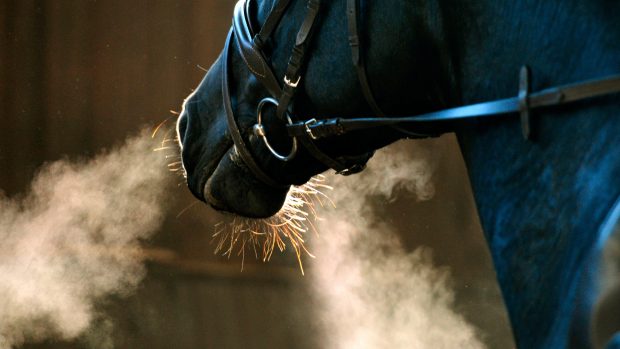To reduce levels of airborne virulent R.equi in the environment and maximise foal immunity, you should:
- Ensure good stable hygiene and ventilation, and minimise dust levels
- Reduce the number of mares and foals in each paddock
- Pick up droppings regularly from nursery paddocks and all fields used for young foals
- Reduce dust levels in paddocks, gateways and all-weather surfaces
- Keep a mare in the environment she will foal in for at least a month prior to foaling to maximise the appropriate antibodies in the mare’s colostrum
- Ensure good immunity levels in the foal. Make sure it suckles within four hours of birth and that the mare’s colostrum has a good level of antibodies
- Use a prophylactic transfusion (of plasma with high levels of antibodies to R.equi) when the risk of exposure to R.equi is high. This is usually given at two days old and may need to be repeated at 23-28 days of age. This must be done by a vet and is expensive
For the full veterinary feature on rattles, see the current issue of Horse & Hound (28 July, 2011)




